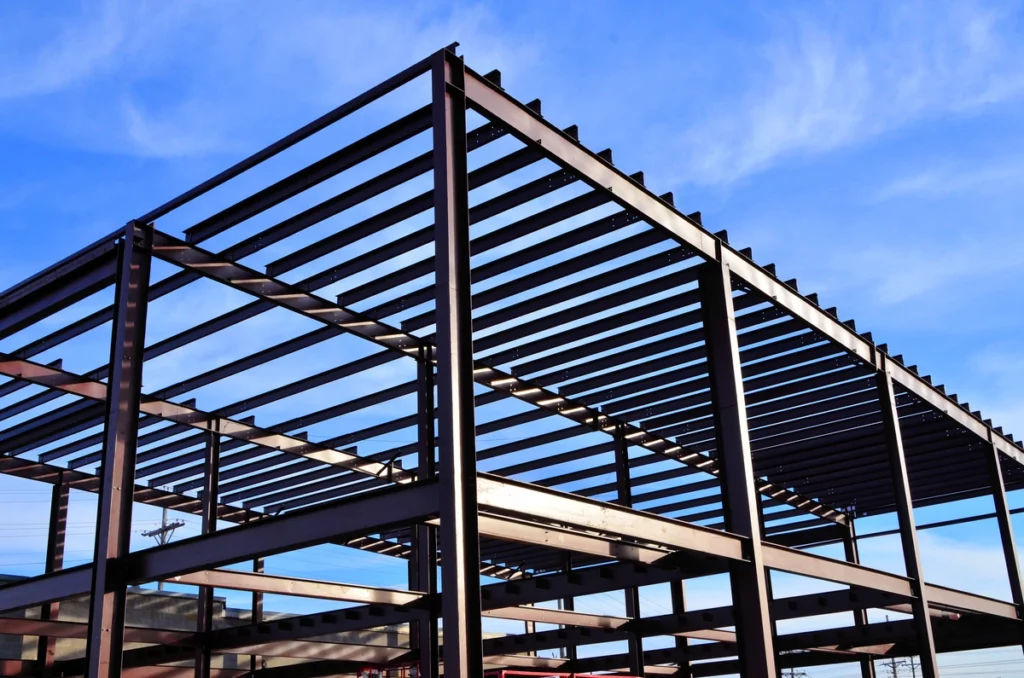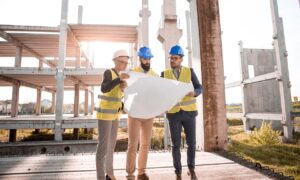Metal buildings have become increasingly popular in construction due to their durability, versatility, and cost-effectiveness. Whether you’re planning to erect a metal warehouse, industrial facility, or agricultural structure, creating a comprehensive budget is essential for a successful project. In this article, we’ll delve into the intricacies of budgeting for metal building construction, exploring key factors, cost considerations, and tips to ensure your project stays on track.
Understanding Project Scope and Requirements
Before diving into budgeting specifics, it’s crucial to define the scope of your metal building project clearly. You are encouraged to explore options and gain insight into potential offerings through the website https://www.uspatriotsteel.com/arkansas-metal-buildings. It will help you understand the possibilities and make informed decisions about your budget allocation. Consider factors such as:
- Purpose: Identify the building’s primary function, whether storage, manufacturing, or agricultural use.
- Size and Layout: Determine the dimensions and layout requirements based on your intended use and available space.
- Site Preparation: Assess the site’s condition and any necessary groundwork, such as grading, excavation, or foundation work.
Material Costs and Options
Metal buildings offer various material options, each with its cost implications. Common choices include:
- Steel: Steel remains the preeminent choice for constructing metal buildings, owing to its unparalleled strength, resilience, and economic viability. Pricing depends on steel grade, thickness, and coating options.
- Aluminium: While less common than steel, aluminium offers corrosion resistance and is lightweight, making it suitable for specific applications.
- Pre-engineered Systems: Pre-engineered metal building systems save cost and time by offering standardised components for easy assembly.
Consult with suppliers and contractors for accurate cost estimates based on your project requirements and material preferences.
Labor and Installation Costs
Labour and installation costs are significant components of your budget and can vary based on factors such as:
- The complexity of Design: Intricate designs or customisations may require more labour and expertise, potentially increasing installation costs.
- Site Accessibility: Accessibility challenges, such as remote locations or limited space, can impact labour efficiency and drive up costs.
- Contractor Experience: Hiring experienced contractors familiar with metal building construction can ensure quality artistry and minimise installation issues.
Obtain multiple quotes from reputable contractors to compare pricing and ensure competitive labour and installation service rates.
Additional Considerations and Contingencies
In addition to material and labour costs, it’s essential to budget for unforeseen expenses and contingencies. Consider allocating funds for:
- Permitting and Regulatory Compliance: Budget for permits, inspections, and compliance with local building codes and regulations.
- Site Utilities: Factor in costs for utilities such as electricity, water, and sewage connections, as well as any necessary infrastructure upgrades.
- Contingency Reserve: Set aside a contingency reserve of around 5-10% of the total project cost to cover unexpected expenses or changes during construction.
Sustainable and Energy-Efficient Features
Integrating sustainable and energy-efficient features into your metal building can offer long-term cost savings and environmental benefits. Consider options such as:
- Insulation: Proper insulation can improve energy efficiency and reduce heating and cooling costs. Evaluate insulation materials and techniques to maximise thermal performance.
- Energy-Efficient Lighting: LED lighting fixtures consume less energy and have a longer lifespan than traditional lighting options. Invest in energy-efficient lighting systems to lower electricity expenses.
- Renewable Energy Systems: Explore the possibility of integrating renewable energy systems such as solar panels or wind turbines to generate on-site power and reduce reliance on the grid.
While upfront costs for sustainable features may be higher, the long-term savings and environmental benefits can outweigh the initial investment.
Financing Options and Funding Sources
Explore various financing options and sources to support your metal building construction project. Consider:
- Traditional Loans: Securing a construction loan or commercial mortgage from a bank or financial institution can provide funds to cover project expenses.
- Government Grants and Incentives: Research government programs offering grants, tax credits, or incentives for energy-efficient or sustainable building projects.
- Equity Financing: If you’re partnering with investors or stakeholders, negotiate terms for equity financing arrangements to raise capital for the project.
Evaluate the pros and cons of each financing option to determine the most suitable solution for your specific needs and financial situation.
Monitoring and Cost Control
Once construction begins, diligent monitoring and cost control measures are essential for staying within budget. Implement the following strategies:
- Regular Progress Reviews: Conduct progress reviews to track project milestones, identify potential issues, and adjust plans as needed.
- Expense Tracking: Maintain detailed records of project expenses, including materials, labour, and overhead costs, to monitor spending and identify areas for cost savings.
- Change Management: Establish procedures for managing change orders and unforeseen adjustments to minimise disruptions and cost overruns.
By closely monitoring expenses and implementing effective cost-control measures, you can proactively manage your budget and mitigate financial risks throughout construction.
Conclusion
Creating a budget for metal building construction requires careful planning, thorough research, and realistic cost estimates. By understanding the project scope, material options, labour costs, and additional considerations, you can develop a comprehensive budget that aligns with your goals and ensures a successful outcome. Regularly review and adjust your budget throughout construction to stay on track and minimise financial surprises.



































